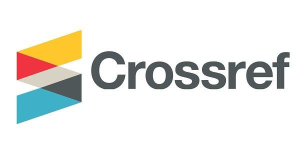Mobile Device-Based Authentic Learning in Educational Environments: A Systematic Review
DOI:
https://doi.org/10.31436/ijes.v7i2.270Abstract
The rapid growth of mobile technology has opened new opportunities for learners to engage in authentic learning activities. The aim of this systematic review is to provide a synthesis of research on mobile device-based authentic learning in educational environments. This review has analyzed 72 studies published between 2010 and 2019 (until mid-November) in terms of major research purposes, methodologies, research outcomes, subject matter domains, educational levels, educational contexts and geographical distributions. Three research questions guided the review process. The findings showed the major research purpose of a majority of the studies was about investigating the effects of mobile device-based authentic learning on students. Researchers have mostly used mixed-methods research to examine the learning phenomena with a majority of the studies reporting positive learning outcomes. The analysis showed that science and literacy are the most represented content areas, while most of the studies were carried out at the elementary school level. More research was conducted in informal contexts than any other contexts, and the most predominantly used mobile device type was tablet computers. The findings revealed that there is a disproportionate distribution of studies in the literature in terms of geographical contributions as studies tend to concentrate on specific countries or regions.
Keywords: Authentic learning, mobile learning, situatedness, contextualization, mobile augmented, ubiquitous learning
Metrics
Downloads
Published
How to Cite
Issue
Section
License
Copyright (c) 2020 IIUM Press, International Islamic University Malaysia

This work is licensed under a Creative Commons Attribution 4.0 International License.
The Journal will own copyright to all published works and have the right of first publication, both in print and online, unless other arrangements are made with the Editors in advance. It is the author`s responsibility to ensure that where copyright materials are included within an article the permission of the copyright holder has been obtained beforehand.






















